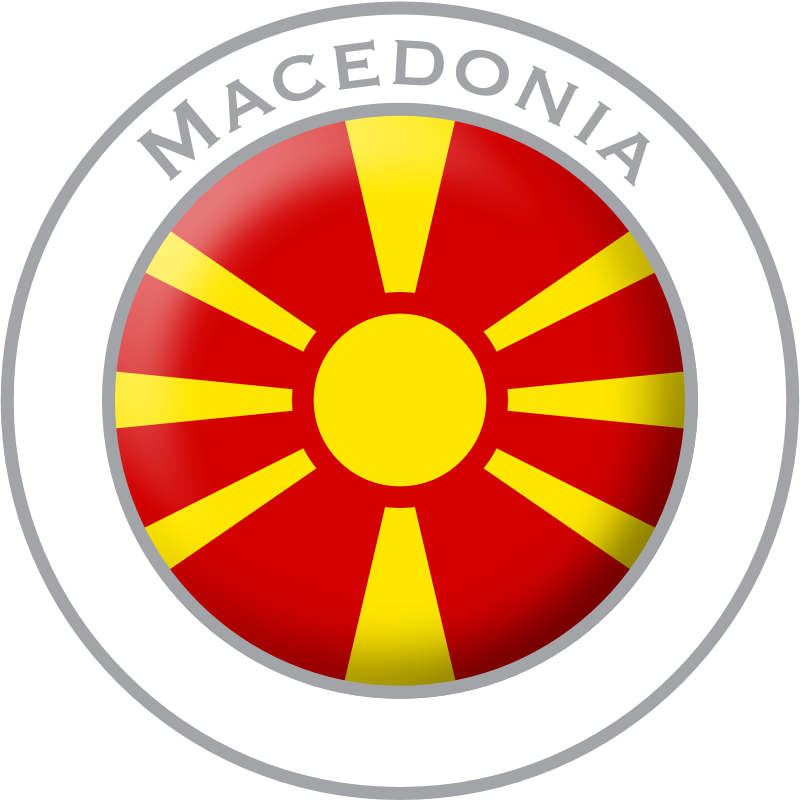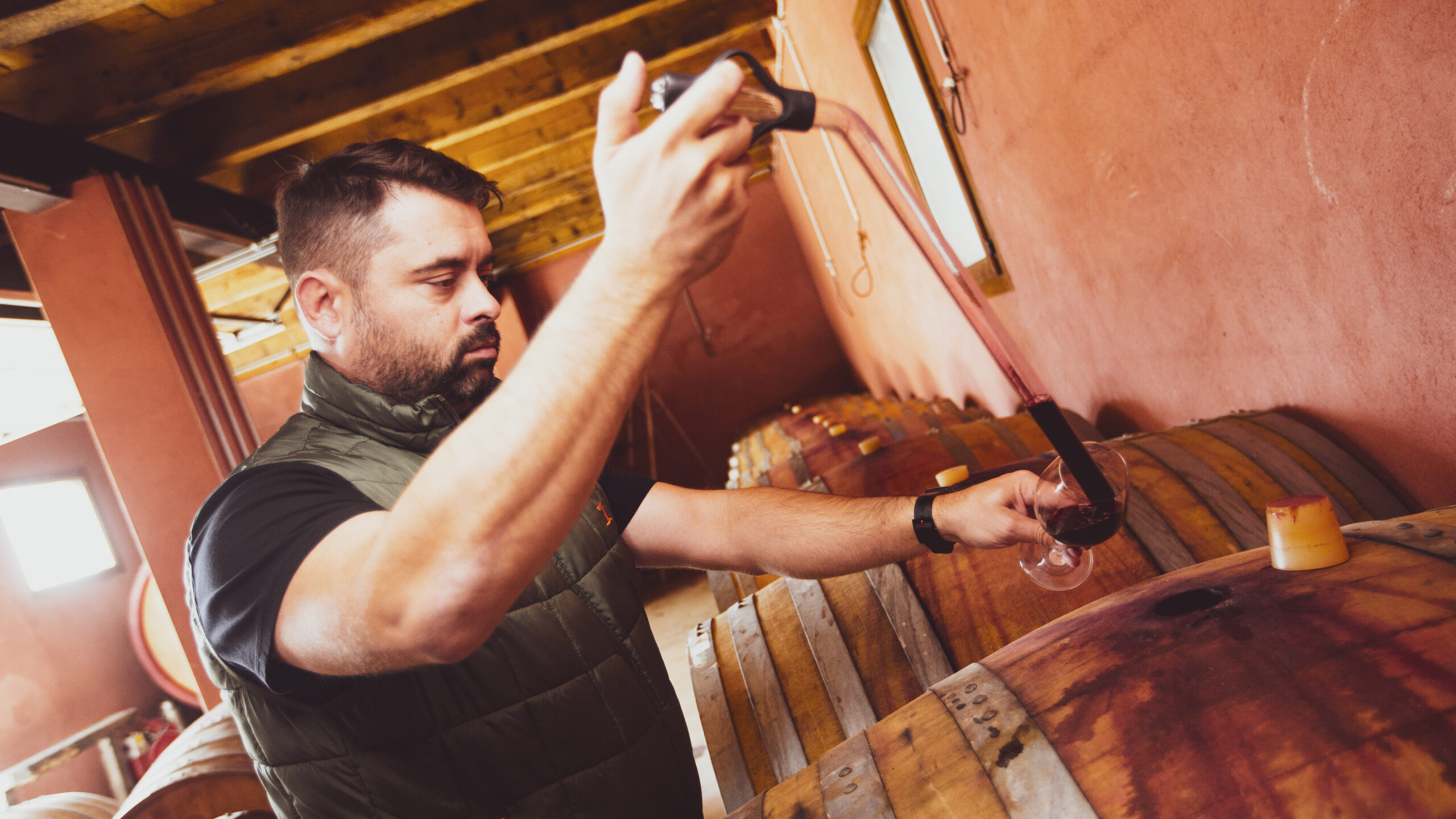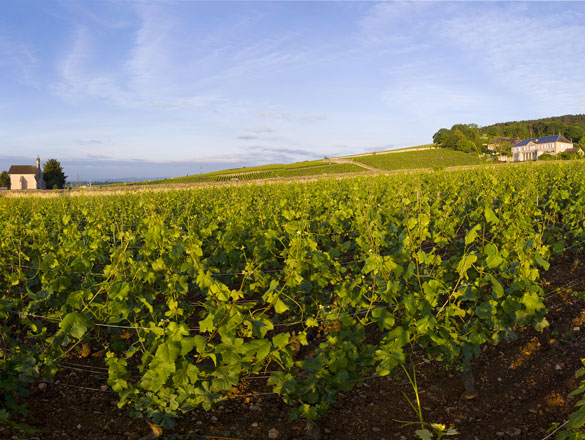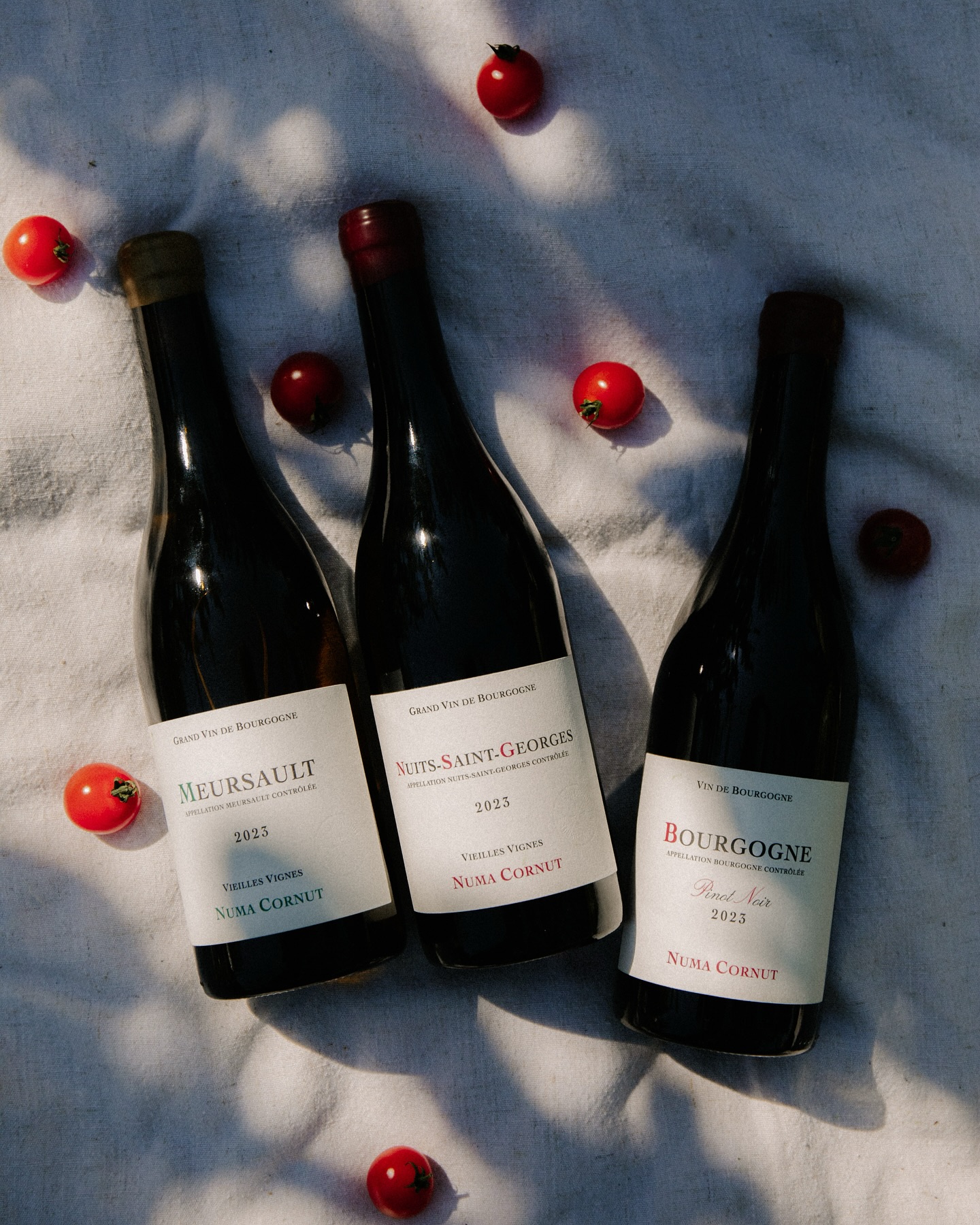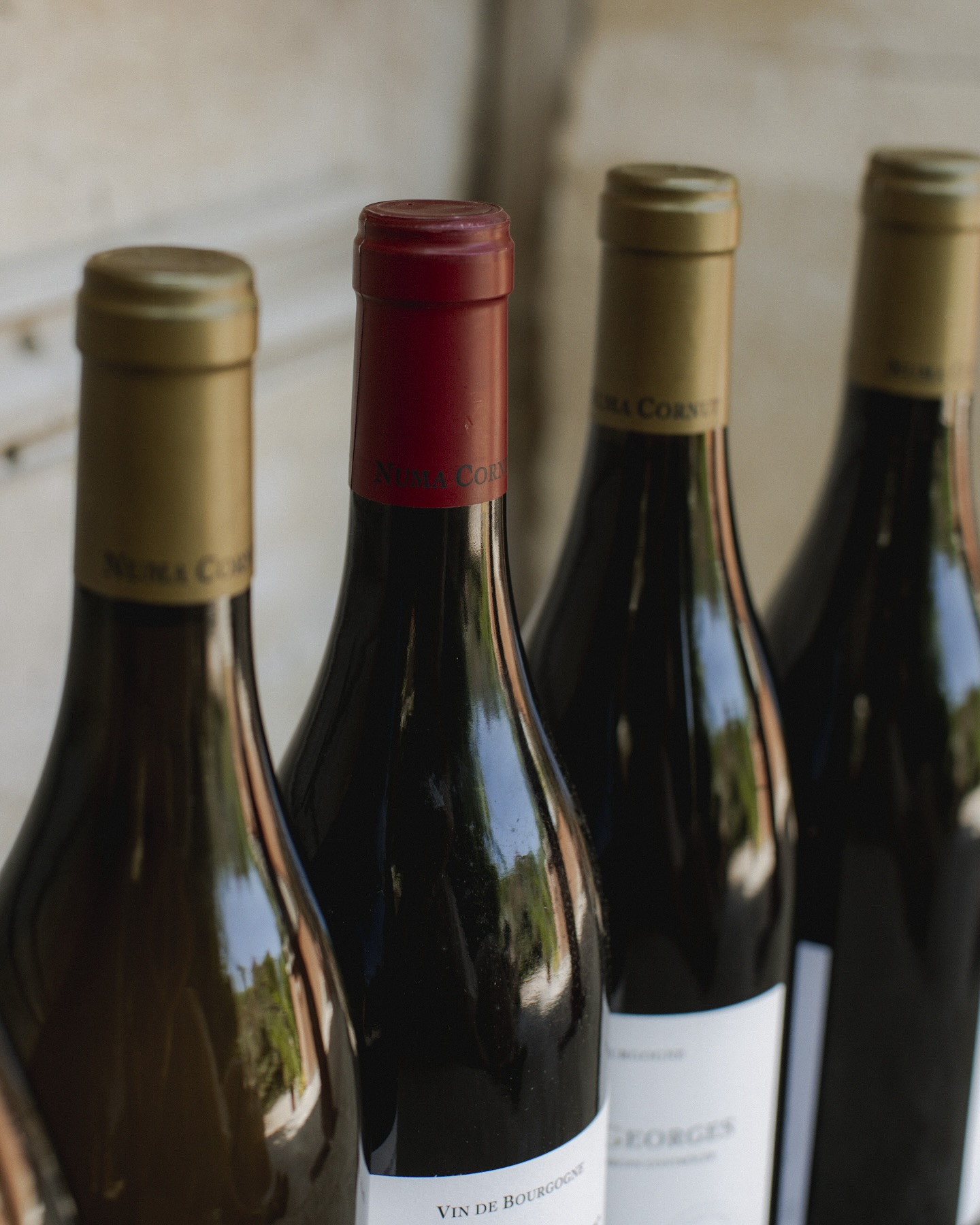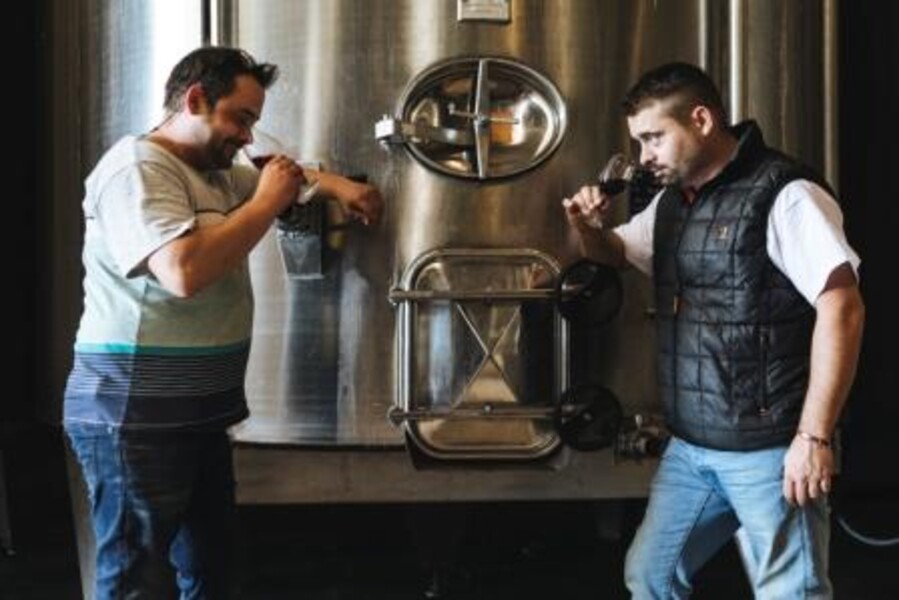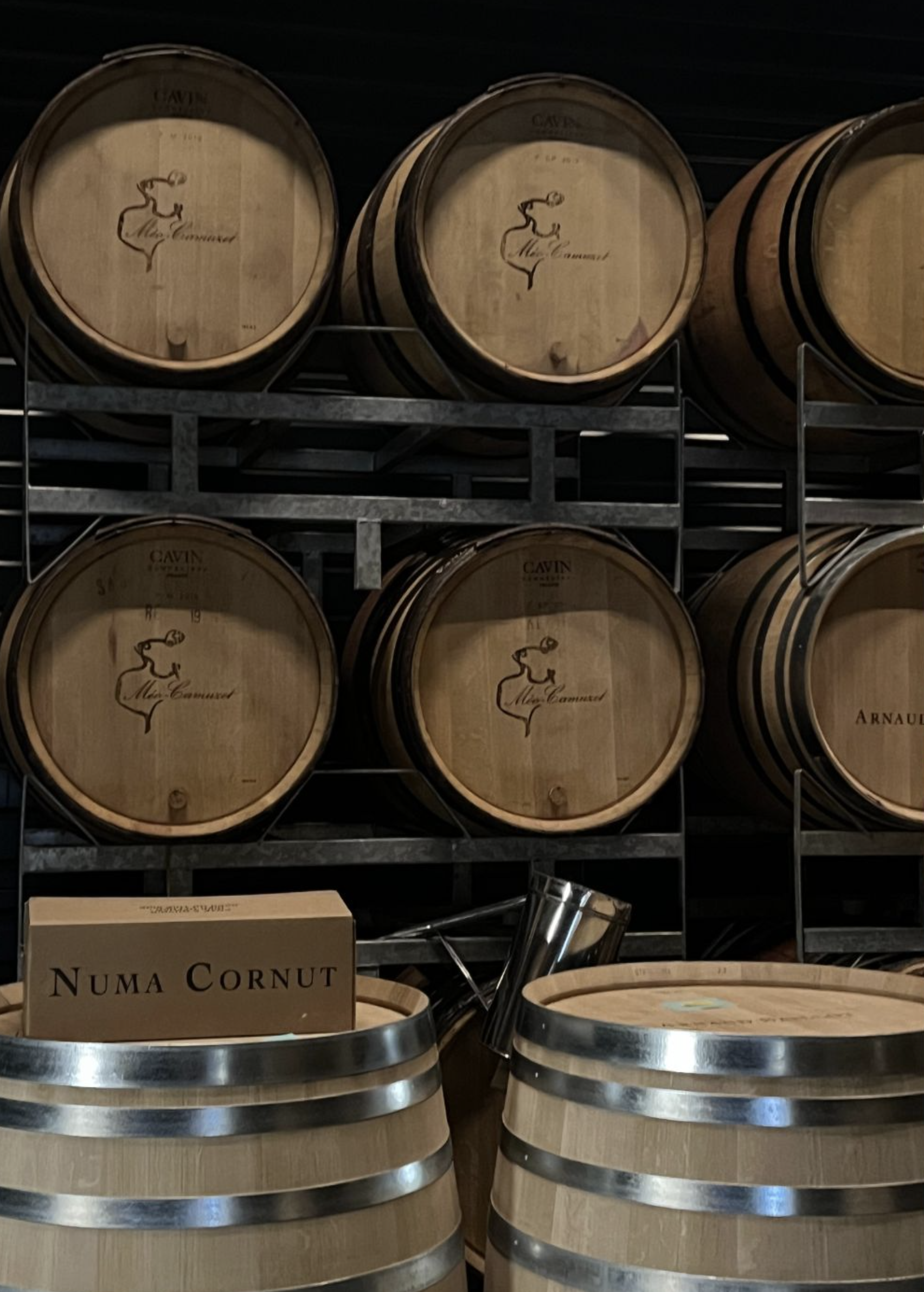WinemakerBourgogne Numa Cornut
Bourgogne, France
Some more information about 'Numa Cornut'
Bourgogne Numa Cornut is an emerging wine project in Burgundy, led by Numa Cornut, who builds on nine generations of winemaking tradition within his family. After completing his studies in viticulture and oenology, and gaining experience in prestigious wine regions such as Bordeaux, Châteauneuf-du-Pape, Australia, and Switzerland, Numa established himself in 2010 as a viticulture consultant in Burgundy. In 2021, he launched his own wine project with vineyards in the Côte de Beaune and Côte de Nuits, totaling 3.5 hectares.
His vineyards are located in renowned appellations such as Meursault, Pommard, Volnay, Bligny-les-Beaunes, Côtes de Nuits-Villages, Nuits-Saint-Georges, and the prestigious Vosne-Romanée. The vineyards were planted between 1985 and 1992 and are managed sustainably, with a focus on quality over quantity. Numa uses native yeasts and limits the use of new oak barrels to preserve the expression of the terroir. Additionally, the wines are unfiltered, which contributes to their unique character.
In 2023, Numa expanded his project with new plantings in Vosne-Romanée, one of the most prestigious villages in Burgundy, known for its six Grands Crus, including the legendary Romanée-Conti.
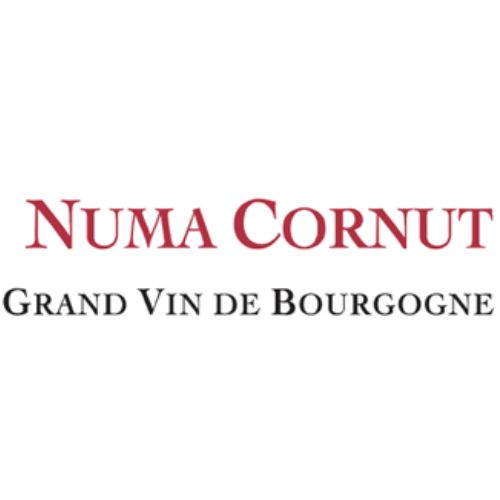
Why you’ll definitely want Numa Cornut in your collection:
They own vineyards in some of the region’st most renowned sites, such as Vosne-Romanée, Volnay, and Pommard.
Numa Cornut follows a sustainable approach in the vineyards, working with respect for nature wand employing minimal intervention in winemaking.
The wines are known for their elegance and harmony, with a ddelicate balance between fruitiness, acidity, and earthy notes.
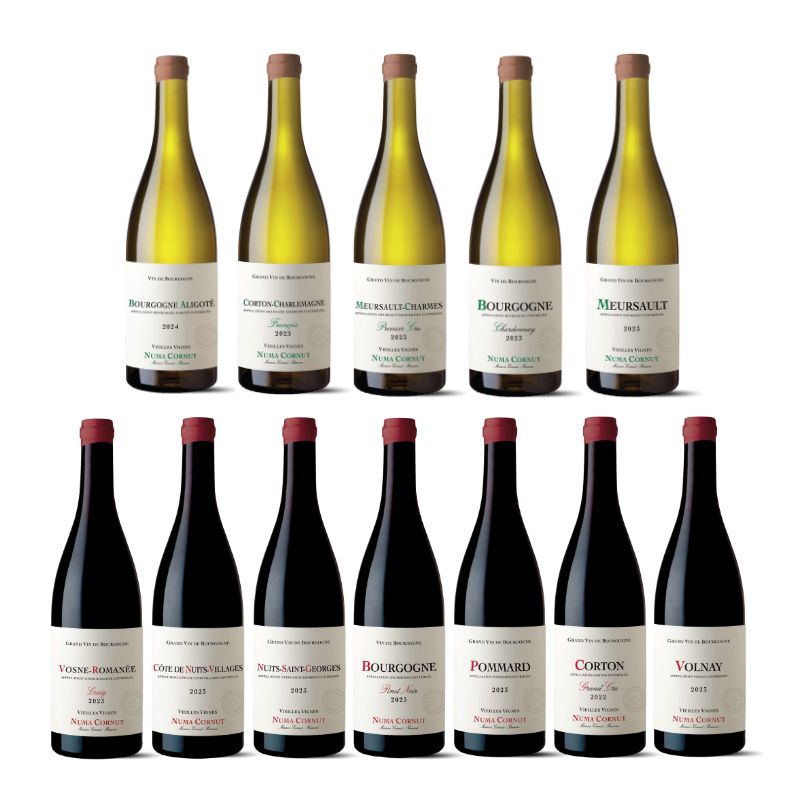
The Fine Wines of Numa Cornut
Red wines:
2021 - Bourgogne Numa Cornut - Grand Vin de Bourgogne - Nuits Saint Georges Veilles Vignes
2022 - Bourgogne Numa Cornut - Grand Vin de Bourgogne - Corton Grand Cru
2023 - Bourgogne Numa Cornut - Grand Vin de Bourgogne - Côte-De-Nuits Villages Veilles Vignes
2023 - Bourgogne Numa Cornut - Grand Vin de Bourgogne - Pinot Noir
2023 - Bourgogne Numa Cornut - Grand Vin de Bourgogne - Pommard Veilles Vignes
2023 - Bourgogne Numa Cornut - Grand Vin de Bourgogne - Volnay Veilles Vignes
2023 - Bourgogne Numa Cornut - Grand Vin de Bourgogne - Vosne Romanée Craig
White wines:
2021 - Bourgogne Numa Cornut - Grand Vin de Bourgogne - Corton Charlemagne Grand Cru - François
2023 - Bourgogne Numa Cornut - Grand vin de Bourgogne - Aligoté
2023 - Bourgogne Numa Cornut - Grand Vin de Bourgogne - Meursault Charmes Premier Cru
2023 - Bourgogne Numa Cornut - Grand Vin de Bourgogne - Meursault Vieilles Vignes
Discover the Burgundian Wines of Numa Cornut
Attention:
The availability of the wines listed may vary. Some wines may sell out in the future or may not yet be in stock (new vintage).
We recommend checking the individual product pages for the most up-to-date stock information.
The vineyards of Numa Cornut in Bourgogne
The climate
Burgundy has a temperate climate influenced by the ocean and the continent, as well as by the proximity of the Saône River. This creates a cool and relatively dry climate, which presents both advantages and challenges for viticulture.
Cool climate: Burgundy has a temperate climate, but due to its northern location, it can be relatively cool, especially in the higher vineyards of the Côte de Nuits and Côte de Beaune. This cool climate causes the grapes to ripen more slowly, resulting in wines with higher acidity and a beautiful balance between fruity aromas and minerality.
Microclimates: Within the Burgundy region, there are significant differences in microclimates. Numa Cornut’s vineyards are located in renowned appellations such as the Côte de Beaune, Côte de Nuits, and Nuits-Saint-Georges. Each of these appellations has its own specific microclimate that influences the character of the wines. For example, the Côte de Nuits is known for its cooler, slower-ripening conditions, producing wines with complexity and finesse, while the Côte de Beaune often yields wines that are richer and fuller, particularly in white wines.
Seasonal influences: The seasons play a crucial role in grape quality. Spring can be cold, summer moderately warm, and autumn dry and sunny, allowing optimal ripening of the grapes. However, Burgundy’s unpredictable weather—such as the risk of late frosts or rain during harvest—can pose challenges for winemakers.
Le terroir
The terroir is one of the most important factors that define the character of Numa Cornut’s wines. Burgundy’s terroir is a unique combination of soil, climate, and human influence (the winemakers).
Soils: Numa Cornut’s vineyards are located in prestigious appellations such as Meursault, Pommard, Volnay, Bligny-les-Beaunes, and Côtes de Nuits-Villages, each distinguished by different soil compositions. The soils in the Côte de Nuits are often rich in limestone, producing wines that express minerality and finesse. In the Côte de Beaune, the soil is rich in clay and limestone, resulting in wines with more body and structure.
Numa Cornut’s vineyards are planted on land primarily composed of rounded stones, which provide excellent drainage while retaining daytime heat during the night. This promotes gradual grape ripening and helps the wines achieve a harmonious balance of acidity and maturity.
Winegrowing in Bourgogne
Burgundy has a long history of wine production that dates back to Roman times, around 2,000 years ago. The Romans introduced viticulture to the region, and later, during the Middle Ages, the monks of Cluny and subsequently the Cistercians played a crucial role in refining winemaking techniques and developing the most renowned vineyards.
The region later became famous for its Grands Crus and Premiers Crus, classifications that originated in the Middle Ages and remain in effect to this day.






